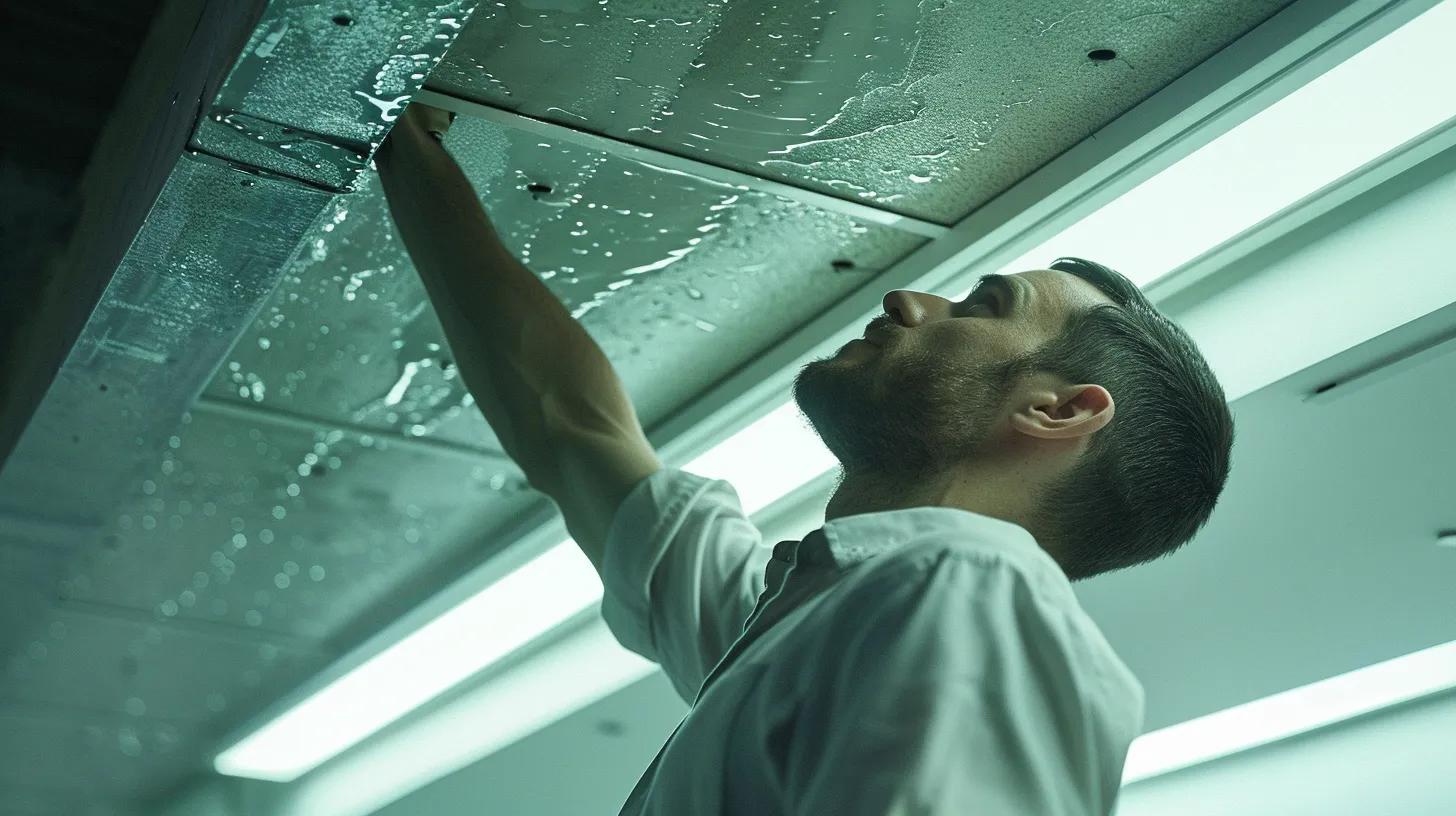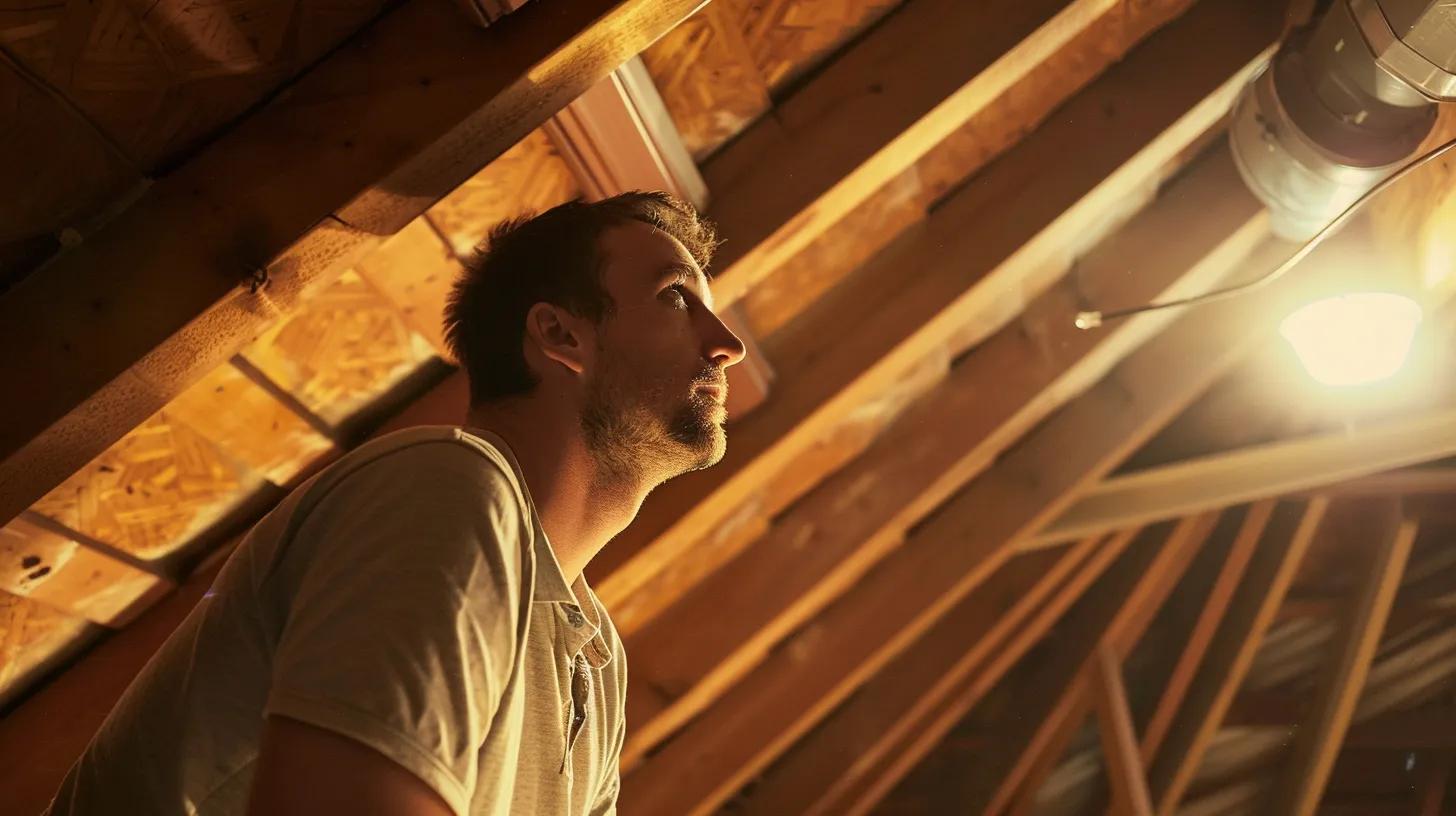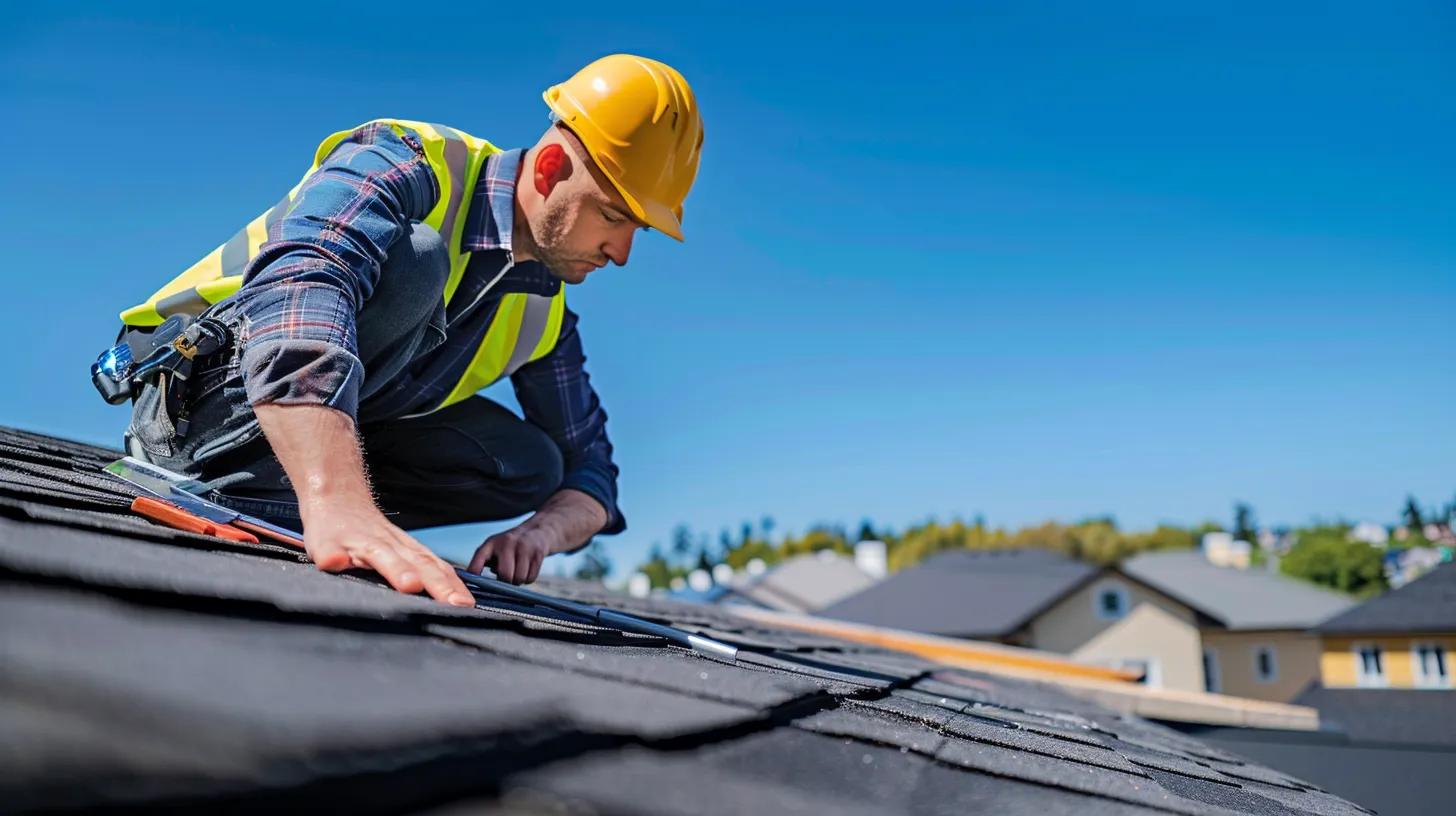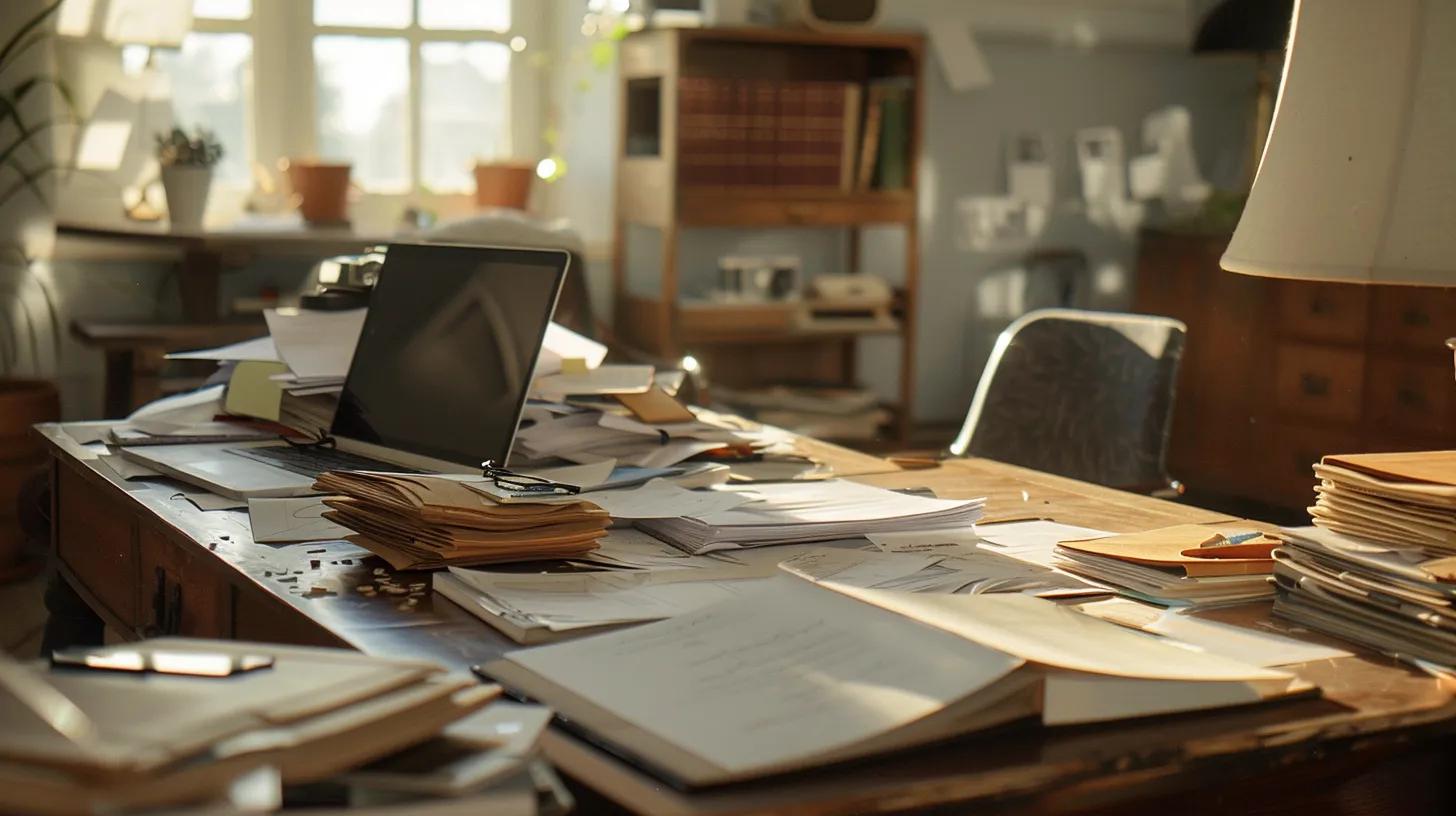
Efficient Ways to Spot Roof Leaks Early

How to Spot Roof Leaks Before They Cause Damage
Finding roof leaks early is essential to prevent extensive damage, roofing wake forest issues, costly repairs, and potential safety hazards. This guide explains how to recognize, detect, prevent, and address roof leaks through expert insights. Homeowners will benefit from practical inspection methods, professional advice, and effective maintenance strategies that help protect property and reduce repair costs.
Key Takeaways
- Regular inspections help spot water stains, shingle damage, and hidden leaks.
- Weather damage, age, poor installation, and clogged gutters are common causes.
- DIY detection methods and professional inspections work well together.
- Preventative maintenance, like gutter cleaning and tree trimming, is crucial.
- Knowing the repair process and insurance requirements can ease cost burdens.
What Are the Most Common Signs of a RoofLeak?

Typical signs of a roofleak include visible water stains, mold growth, shingle damage, and gutter or downspout issues. Recognizing these early can prevent further roof damage and structural problems.
How to Recognize Water Stains and Mold on Ceilings and Walls
Discolored spots or streaks on ceilings and walls indicate water stains, while accompanying mold suggests prolonged moisture exposure and persistent leaks that need immediate attention.
What Roof Shingle Damage Indicates a Leak?
Damaged, cracked, curled, or missing shingles create entry points for water. These issues often signal underlying moisture problems that compromise the roof’s integrity.
How Can Attic Inspection Help Spot Hidden Roof Leaks?
An attic inspection can reveal dark stains, damp insulation, or mold on beams—clear indicators of leaks that might otherwise go unnoticed until serious damage occurs.
When Do Gutters and Downspouts Signal a Possible RoofLeak?
Clogged or misaligned gutters and downspouts can cause water pooling on the roof, indicating the system isn’t effectively directing water away, thus increasing leak risks.
What Are the Main Causes of Roof Leaks That Homeowners Should Know?
Understanding why roof leaks occur is key to prevention. Homeowners often encounter issues from weather-related wear, aging materials, improper roof installation, and maintenance neglect.
How Does Weather Damage Lead to Roof Leaks?
Heavy rains, hail, and high winds can loosen or damage roofing materials. Continuous exposure to severe weather degrades the roof over time, making it increasingly vulnerable to leaks.
Why Does Roof Age Increase Leak Risk?
Over time, roofing materials deteriorate. Aging shingles lose their durability, allowing cracks and gaps where water can penetrate the underlying structure.
How Can Poor Installation Cause Roof Leaks?
Incorrect installation—such as poor shingle alignment or lack of sufficient sealant—creates weak points that compromise the roof’s water-resistant barrier, making leaks more likely.
What Role Do Clogged Gutters and Tree Damage Play in Roof Leaks?
Debris-filled gutters back up water under shingles, while overhanging or damaged trees can physically harm the roofing materials, both leading to localized leak problems.
How Can Homeowners Detect Roof Leaks Themselves?

Homeowners can use visual inspections, attic checks, and water testing to identify leaks before they worsen, allowing for timely repairs.
What Steps Are Involved in a Visual Roof Inspection?
A thorough visual inspection involves checking for missing or damaged shingles, cracks, and discolorations. It also means examining flashing around chimneys and vents, where rust or gaps may be visible.
How to Inspect the Attic for Signs of Water Intrusion?
Inspect the attic for signs like damp insulation, water stains on beams, and any musty odors. A systematic check after heavy rain can help pinpoint areas of water intrusion.
How to Use Water Testing and Garden Hose Methods to Find Leaks?
Using a garden hose to simulate rain on sections of the roof while monitoring the attic for moisture can accurately locate leaks. This testing method isolates problem areas that may not be visible during a casual inspection.
When Should You Stop DIY and Call a Professional?
If persistent water stains or significant shingle damage appear, or if leaks are not resolved after initial tests, it is time to call a professional roofer for a comprehensive diagnostic and repair plan.
What Should You Expect From a Professional Roof Inspection?
A professional roof inspection provides an in-depth evaluation and written report on your roof‘s condition. Experts can identify issues that might be missed during a DIY check, ensuring repairs are targeted and effective.
What Are the Benefits of Hiring a Qualified Roof Inspector?
Experienced inspectors use specialized tools to assess your roof comprehensively. Their detailed reports help catch minor issues before they develop into costly problems, saving money in the long run.
How to Find and Choose a Trusted Roofing Company or Home Inspection Service?
Research online reviews, request references, and verify certifications before hiring a roofing company. Trusted firms often provide clear estimates and warranties, ensuring you understand the service and cost before any work begins.
What Does a Comprehensive Roof Inspection Checklist Include?
A complete checklist covers inspection of shingles, flashing, gutters, downspouts, ventilation systems, and any signs of water damage or mold in the attic. This thorough process helps ensure no area is missed.
How Much Does a Professional Roof Inspection Typically Cost?
Professional inspections generally cost between $100 and $300, depending on roof size and complexity. Though it may seem like an expense, the inspection can prevent much costlier repairs down the road.
How Can You Prevent Roof Leaks and Protect Your Home?

Preventative maintenance is key to prolonging your roof’s lifespan. Regular cleaning, checkups, and timely repairs help maintain its integrity against harsh weather and daily wear.
What Regular Inspections and Maintenance Should Homeowners Perform?
Seasonal inspections are recommended along with routine cleaning of the roof and attic areas. Clearing debris, cleaning gutters, and checking shingle conditions help prevent water pooling and related leaks.
How Does Gutter Cleaning and Downspout Maintenance Help Prevent Leaks?
Keeping gutters clean and downspouts in good repair ensures water is properly diverted. This reduces the chance of water buildup that can lead to leaks in the roofing system.
Why Is Tree Trimming and Roof Cleaning Essential for Leak Prevention?
Regular tree trimming prevents branches from damaging the roof, while cleaning removes moss, algae, and debris that can trap moisture and accelerate deterioration.
What Is an Effective Preventative Maintenance Schedule for Roofs?
A practical schedule includes biannual inspections—in spring and fall—along with regular gutter cleaning and minor repairs as needed. This proactive approach keeps potential issues from becoming major problems.
How Do RoofLeak Repairs Work and When Is Replacement Necessary?
Roof repairs typically involve patching, sealing, or replacing faulty shingles. In cases of extensive or recurring damage, a full roof replacement might be necessary to ensure long-term protection and durability.
What Are the Most Common RoofLeak Repair Methods?
Repair methods often include resealing flashing, applying waterproof sealants, and replacing damaged shingles. The chosen method depends on the leak’s location and severity, aiming to restore the roof’s integrity efficiently.
How to Decide Between Repairing and Replacing Your Roof?
The decision depends on the roof’s age, the extent of the damage, and cost-effectiveness. A professional evaluation will help determine whether a simple repair is sufficient or if a full replacement is more appropriate.
How to Choose a Reliable Roofing Contractor for Leak Repairs?
Select contractors with certified credentials, positive customer reviews, and detailed written estimates. Comparing multiple bids and verifying licenses and insurance are essential steps to ensure quality work.
What Are Typical Costs and Warranty Options for RoofLeak Repairs?
Repair costs generally range from $300 to $1,500, depending on damage severity. Many contractors offer warranties from 1 to 10 years, giving homeowners peace of mind about the durability of repairs.
How Can Homeowners Handle Insurance Claims for RoofLeak Damage?

Filing an insurance claim for roof leaks requires thorough documentation and clear communication with adjusters. Understanding the process and paperwork can simplify your claim and increase the chances of a favorable outcome.
What Documentation Is Needed to File a RoofLeak Insurance Claim?
Keep detailed photographs of the damage, repair estimates, inspection reports, and records of maintenance. This documentation is crucial to support your claim and demonstrate that the damage is related to a covered peril.
How to Work Effectively With Insurance Adjusters?
Effective communication is key. Provide prompt, complete documentation and ensure you fully understand your policy’s requirements. If necessary, hiring a public adjuster can help manage the process especially in complex cases.
What Are Common Reasons for Claim Denials and How to Appeal Them?
Claims may be denied if documentation is insufficient or deadlines are missed. If necessary, you can appeal by presenting additional evidence and consulting experts to strengthen your case.
When Should You Seek Professional Help for Insurance Claims?
If the process becomes overly complicated or if your claim is initially denied, consider professional assistance from a public adjuster or attorney experienced in insurance claims to help secure a fair settlement.
Final Thoughts
A proactive approach is essential for protecting your home from roof leaks. Regular inspections, timely professional evaluations, and proper maintenance keep minor issues from escalating into costly repairs. Staying vigilant and addressing damage promptly not only protects your investment but also minimizes disruption to your daily life.
Frequently Asked Questions
Q: How often should I inspect my roof for leaks?
A: Inspect your roof at least twice a year—preferably in spring and fall—and after major storms.
Q: Can I use water testing methods to pinpoint leaks?
A: Yes, using a garden hose to simulate heavy rain while monitoring the attic can help identify the exact leak location.
Q: When is professional inspection necessary?
A: Seek professional help if DIY inspections reveal persistent damage or if the extent of the damage exceeds simple, minor repairs.
Q: Do insurance claims cover roof leak repairs?
A: Most insurance policies cover roof leak repairs when damage is caused by a covered peril; proper documentation is essential.
Q: What maintenance steps can prevent roof leaks?
A: Regular cleaning of gutters, trimming overhanging trees, and periodic roof inspections are key to preventing leaks.
